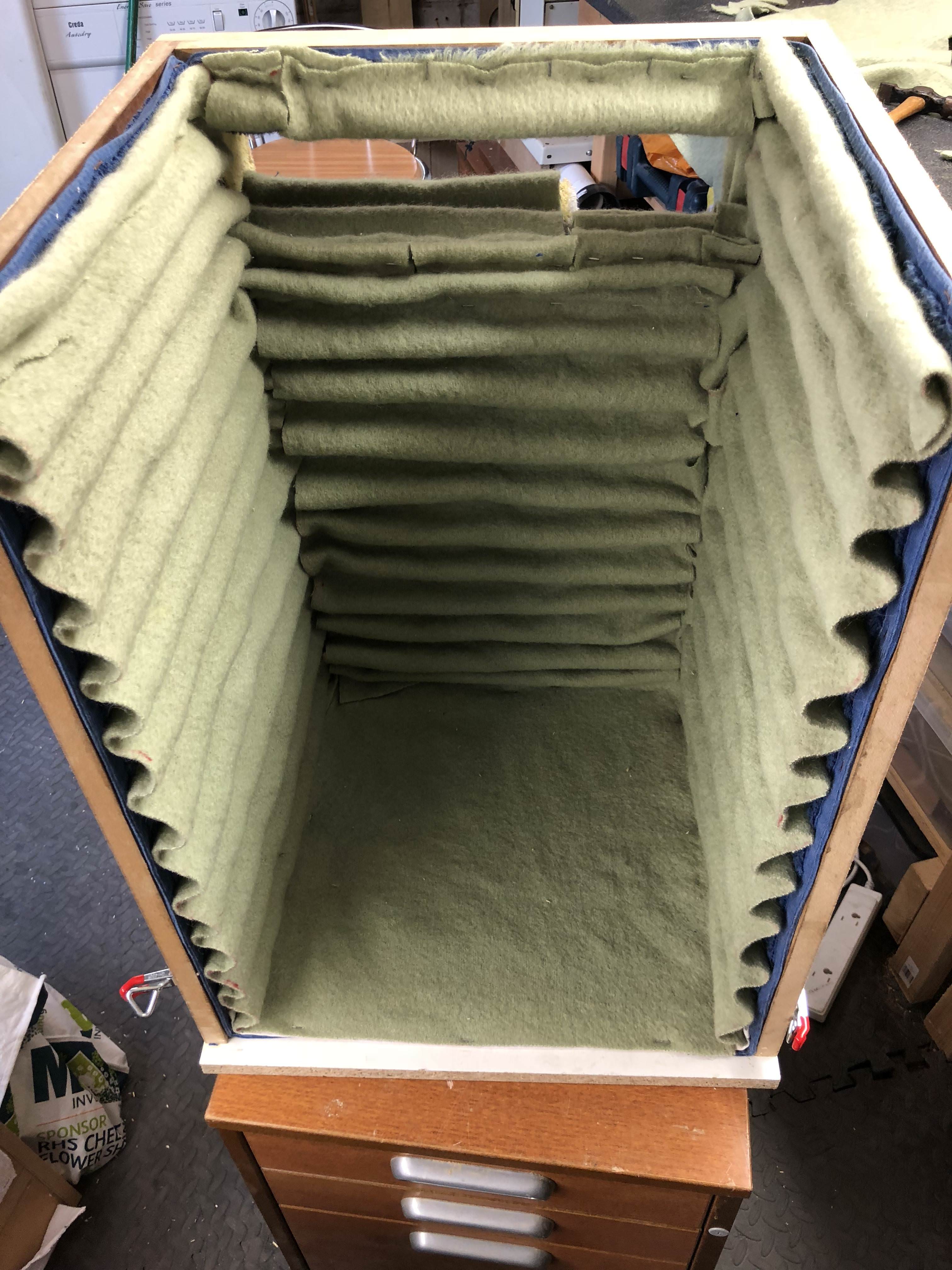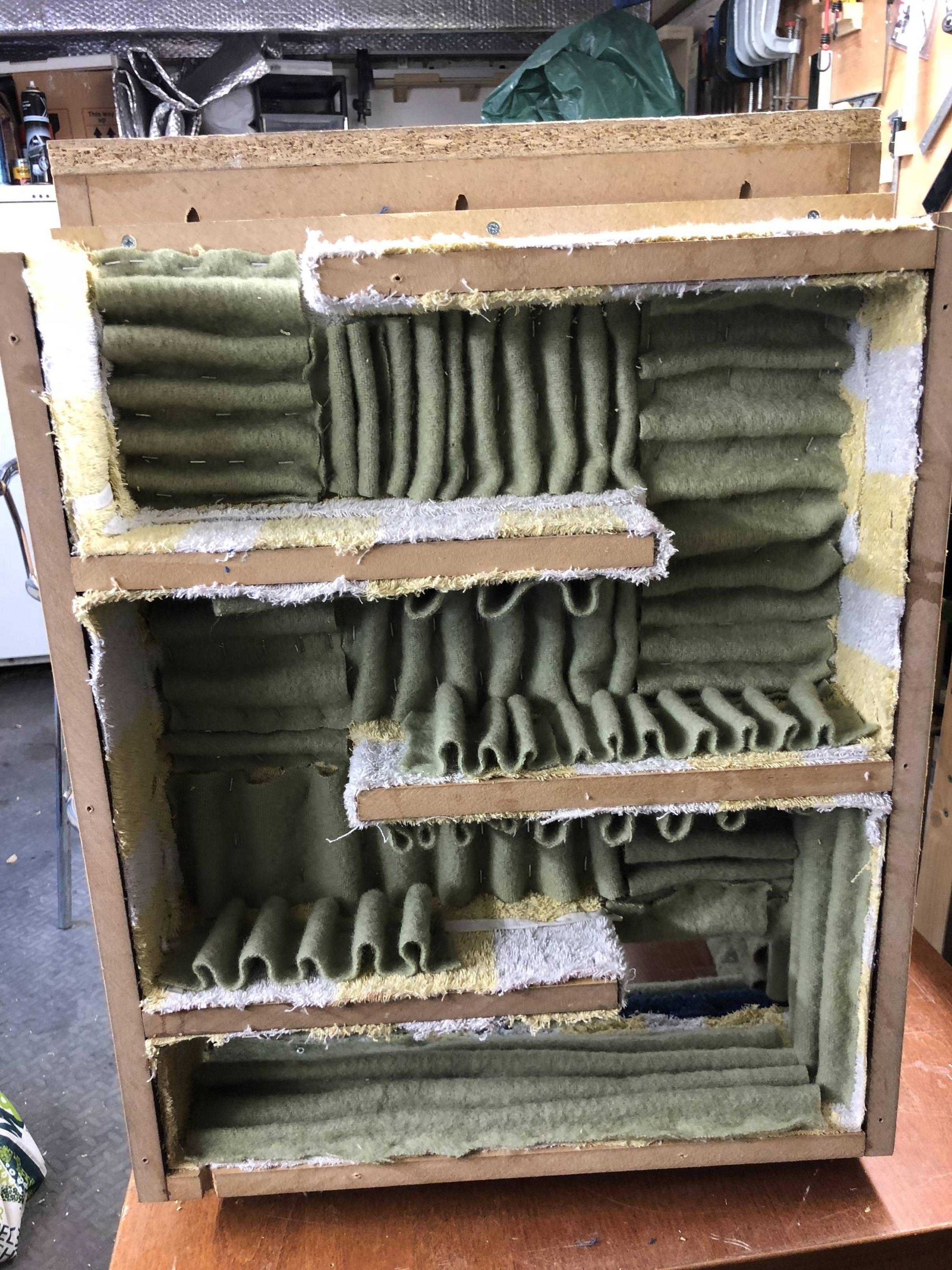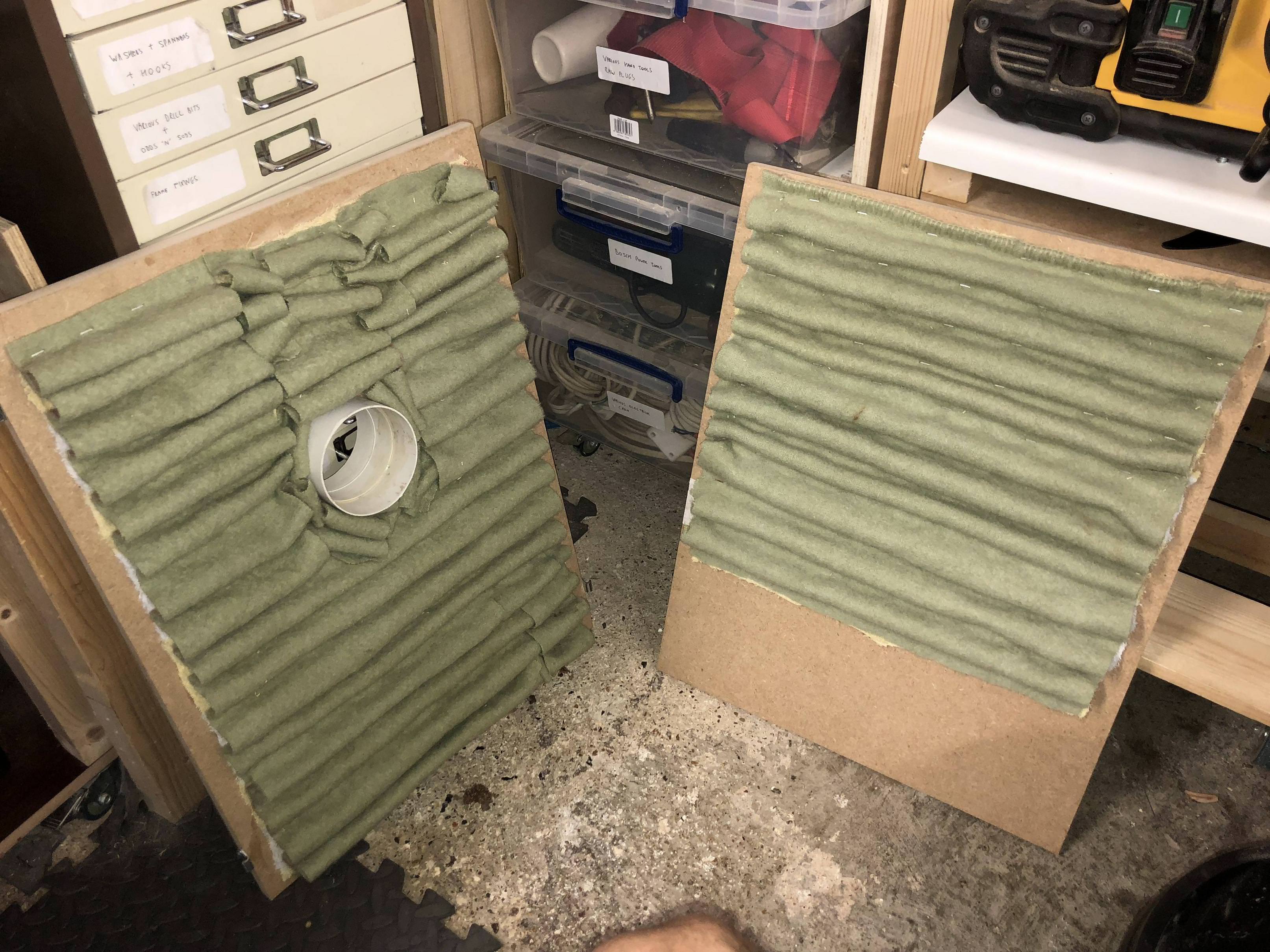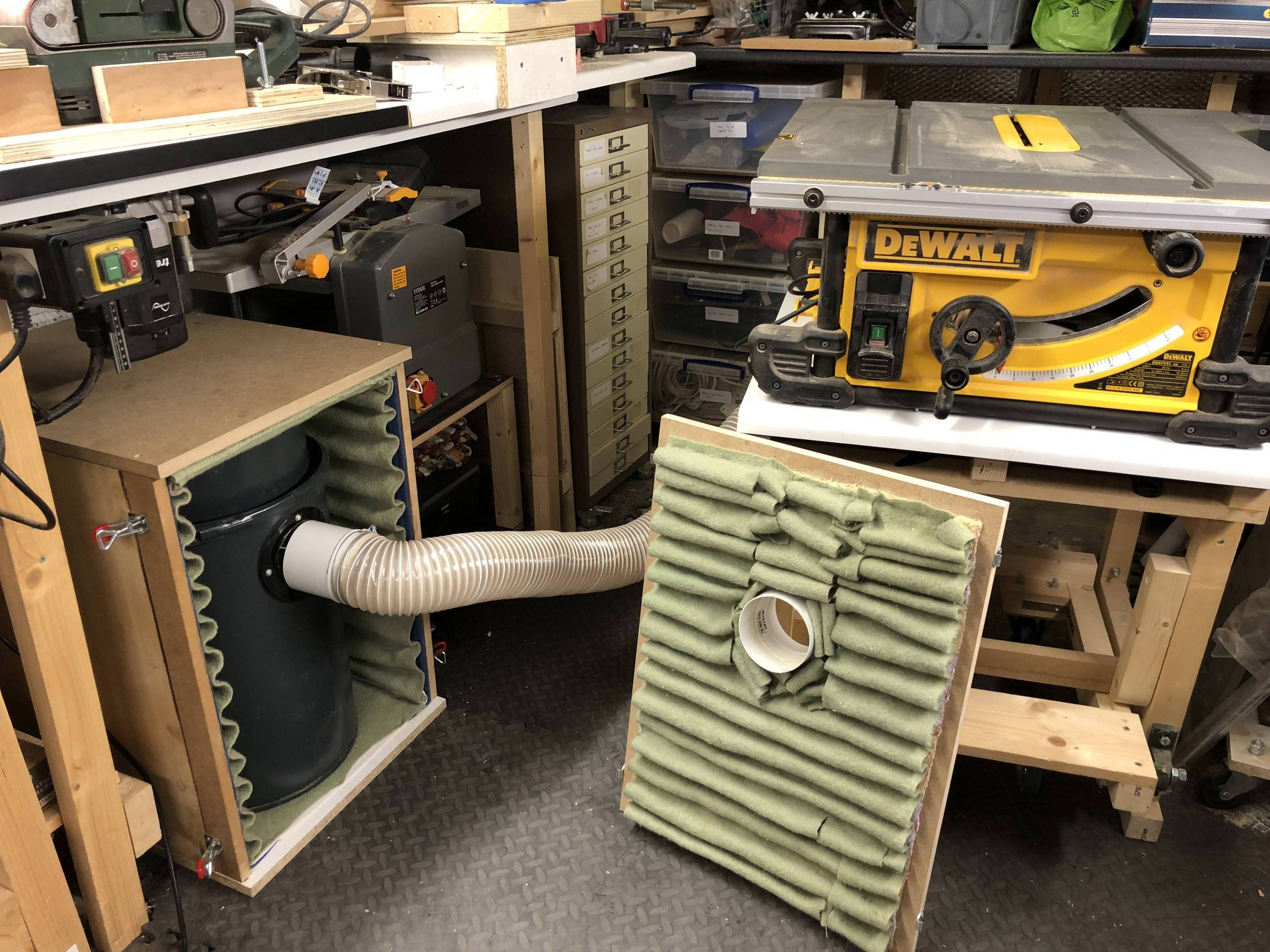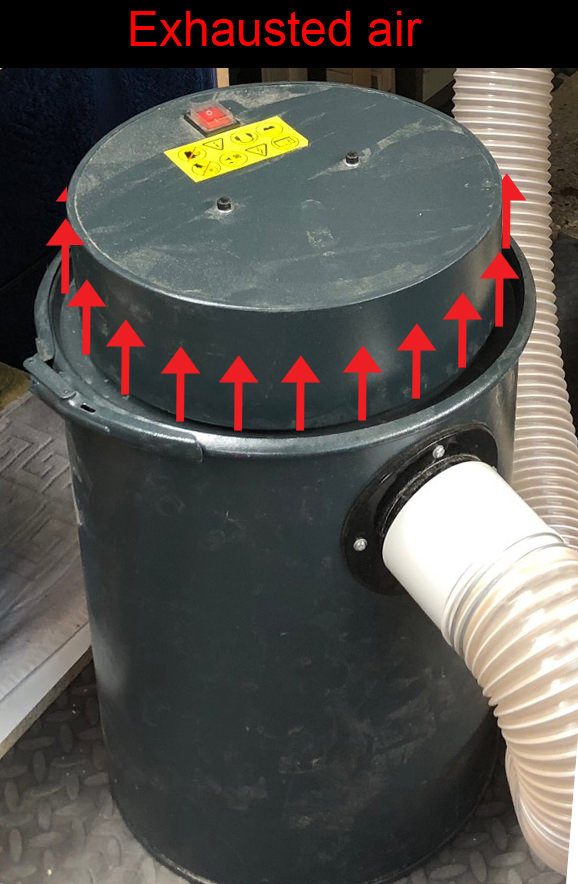If you did that over the existing, I'm sure you would notice the difference.
Decibel scale is logarithmic. every decimal place is ten times the difference. 1 whole number is a hundred times difference.
you can see on the scale below you have gone from hearing damage after 8 hours to loud traffic. If you can get another 5 reduction you should be happy.
As far as distance from noise source, remember you have a phone app. Its nowhere near as accurate as a calibrated laboratory meter (which is what the manufacturers will have used), so in this instance you are just looking for a reduction, so take all your reading at the same distance and you will get an accurate reduction value.
The Decibel Scale
From rustling leaves to jet engines, here's a quick guide to some everyday sounds...
Level in decibels Everyday example Times more intense Times louder
10dB Rustling or falling leaves.
20dB Watch ticking.
30dB Birds flying by.
40dB Quiet conversation.
50dB Louder conversation.
60dB Quiet traffic noise.
70dB+ Louder traffic
80dB+ Loud highway noise at close range
85dB Hearing damage after about 8 hours.
100dB Jackhammer (pneumatic drill) at close range
100dB Hearing damage after about 15 minutes.
110dB+ Jet engine at about 100m
120dB Threshold of pain. Hearing damage after very brief exposure.
Decibel scale is logarithmic. every decimal place is ten times the difference. 1 whole number is a hundred times difference.
you can see on the scale below you have gone from hearing damage after 8 hours to loud traffic. If you can get another 5 reduction you should be happy.
As far as distance from noise source, remember you have a phone app. Its nowhere near as accurate as a calibrated laboratory meter (which is what the manufacturers will have used), so in this instance you are just looking for a reduction, so take all your reading at the same distance and you will get an accurate reduction value.
The Decibel Scale
From rustling leaves to jet engines, here's a quick guide to some everyday sounds...
Level in decibels Everyday example Times more intense Times louder
10dB Rustling or falling leaves.
20dB Watch ticking.
30dB Birds flying by.
40dB Quiet conversation.
50dB Louder conversation.
60dB Quiet traffic noise.
70dB+ Louder traffic
80dB+ Loud highway noise at close range
85dB Hearing damage after about 8 hours.
100dB Jackhammer (pneumatic drill) at close range
100dB Hearing damage after about 15 minutes.
110dB+ Jet engine at about 100m
120dB Threshold of pain. Hearing damage after very brief exposure.













